During most of my younger years my dad carried a folding lockblade knife on his belt. He was a minis ter on the weekends and a heavy equipment operator during the week. The knife he carried had been given to him in the offering plate one Sunday by a gentlemen who didn’t have any cash in his pocket at the time but had really been moved by one of dad’s sermons. Dad considered that knife a blessing …and having a sharp knife can be just that. A dull knife can be a curse.
ter on the weekends and a heavy equipment operator during the week. The knife he carried had been given to him in the offering plate one Sunday by a gentlemen who didn’t have any cash in his pocket at the time but had really been moved by one of dad’s sermons. Dad considered that knife a blessing …and having a sharp knife can be just that. A dull knife can be a curse.
That said, there’s a couple tricks to making a knife sharp and keeping it that way … whether it be a kitchen, pocket or sheath style. But the skills are basic and can easily be mastered. You need not spend a fortune to buy some exotic sharpening stone imported from a third world country. Blades can be shaped to a razor edge and maintained that way using a basic sharpening, or whet, stone and a couple other items.
As a kid I was always amazed by someone who could take a little porous stone and hone a knife blade or pair of scissors to a precision edge. While dad always carried a knife, he exhibited no skills in keeping it sharp. His idea of “sharpening†meant giving it a few passes on the bench grinder, which was usually sufficient for the next time he needed to cut a piece of wire or open a metal oil can. With my first pocket knife, a Boy Scout multi-blade, I began my three decade lesson on how to obtain and maintain a sharp edge. While I may have been a slow learner myself, I can now explain to anyone how to sharpen and maintain all their knives in a few easy, quick steps.
Nowadays I divide my time either behind the editor’s desk of our hometown newspaper, in the garage working on one of my antique tractors or trucks, or afield in search of rabbits, squirrels, turkey or deer. Wherever I find myself, there’s always a pocket knife or some other blade close by, and it’s always ready to perform as needed. The keys are sharpen, straighten and strop.
SHARPEN
To properly shape the edge of any knife you need two things, a sharpening stone and a consistent angle. You  sharpen the blade by dragging it several passes over a whetstone. The trick is to hold the blade at the correct angle and maintain it with every pass. If not, you’re simply randomly grinding material from your blade.
sharpen the blade by dragging it several passes over a whetstone. The trick is to hold the blade at the correct angle and maintain it with every pass. If not, you’re simply randomly grinding material from your blade.
The right angle for most paring and steak knives is about 12 degrees, and 22 degrees for thicker blades. While you can purchase an angle guide which helps position the blade against the stone, I can tell you a nearly free way to accomplish the same thing.
Find a Post-It note or other piece of paper with a square corner. Fold the corner in half, the way you used to when making a paper airplane as a kid … you remember! Now fold the paper again in the same manner. The first fold makes the original 90 degree angle of the paper 45 degrees, and the second fold reduces that to 22.5 degrees. Sit one side of the angle flat on the  sharpening stone, and the resulting angle sticking up is 22.5 degrees – the ideal distance for holding the back edge of the blade away from the stone to assure a good hone. One additional fold makes the angle of the paper 11.25 degrees … ideal for thin-bladed kitchen paring knives.
sharpening stone, and the resulting angle sticking up is 22.5 degrees – the ideal distance for holding the back edge of the blade away from the stone to assure a good hone. One additional fold makes the angle of the paper 11.25 degrees … ideal for thin-bladed kitchen paring knives.
Now rest the cutting edge of the knife against the stone near one end. Make sure the back edge, or spine, of the blade is the correct distance from the stone (22.5 degrees for thick knives, or about 11 degrees for thin kitchen blades) and make a pass across the stone as if you’re trying to slice a thin sliver from the stone. Repeat the move a half dozen times, then turn the knife over and do the same to the other side. Now repeat the movements using a lighter pressure on the blade against the stone. Once the blade is sufficiently sharp using the stone it should move over the surface in a smooth motion with no obvious rough spots throughout the range of motion. A really dull knife can take 20 or 30 passes or more, while a fairly sharp knife can be honed in a dozen passes or less.
A way to check for sharpness of a blade is to carefully rub the pad of your thumb lightly across the cutting edge from side to side … never lengthwise. You should feel a “burr†on the edge of the blade.
STEEL (Honing steel)
The truth is, most knives which appear to be dulled actually still have a suitable angle. A knife becomes “dull†when the microscopic fine point of the edge curls over, or buckles, during use. The metal is extremely thin and fragile at the sharpened edge, and it doesn’t take but routine use – even something as harmless as cutting vegetables – to cause that edge to curl and the knife to become noticeably dull. When that happens the answer isn’t to grab the sharpening stone, but to grab the honing steel.
Like whetstones, a steel need not be some expensive Damascus steel hand forged in a cave somewhere in the Orient. A good general purpose steel, like the one sold at Lehman’s, will give a lifetime of service. Once you realize the significance straightening a knife edge with a steel plays in keeping all your knives sharp, you’ll wonder how you ever made it without one – and if you’re like me, you’ll end up with three or four so you always have one handy. There’s a reason that butchers often keep their steel tied to their belt or apron. Under normal use a knife will not have to be sharpened but once a year or so. But a few quick passes over a honing steel will make that same knife cut true and clean with every use.
Now that I’ve convinced you why, let’s quickly talk about how.
On television shows or at cooking demonstrations you often see the chef whip out his or her honing steel and point it to the Heavens and quickly slap the blade down one side and then the other in an orchestrated solo of steel on steel. A wipe of the blade on a dishtowel or apron and the cook is ready to slice and dice. In reality, at least until you have a lot of experience using a steel, you’ll be much safer starting with the tip of the steel pointing down on a table, butcher block or countertop. I place a dishtowel or other clean rag on the surface to keep the point of the steel from sliding around or scarring the surface.
Now, while holding the steel by the handle with the top resting downward on a hard surface, place the portion of the knife blade nearest the handle against the upper portion of the steel just below the handle. Angle the back of the blade about 10 to 15 degrees away from the steel (remember the Post-It paper angle guide?), and with some pressure draw the blade downward and back, letting the knife’s length glide across the steel all the way to the tip. Repeat a couple times, then switch to the other side of the blade and do the same range of motion. Now go back to the first side and use less pressure of the blade against the steel and repeat a couple times, then do the other side. End the session by making lighter single passes down the steel with the sharp edge.
Remember, using a steel does not remove material from the blade, but instead lines up (or straightens) the microscopic edge which curls over with normal use and makes the blade dull. At this point the blade of your knife should be amazingly sharp.
STROP
For normal daily use the next step is unnecessary. However, if you want a blade which will shave hair, or be razor sharp for some other reason, the third and final step is to “strop†the blade.
Stropping is often remembered as the move that grandpa or the barber did with a straight razor against a strip of leather just before shaving. The leather often had rings or ties on the ends. Unlike whetting with a stone or honing with a steel, with stropping you do not make a cutting motion with the blade. In fact, you move the blade backward while maintaining a slight angle – which removes any unseen burrs and further straightens the nearly-invisible fine edge of the blade.
 A store-bought strop is a wonderful tool, which like a stone or steel, will last a lifetime. You can also use a leather belt, knife sheath or clean leather boot as a makeshift strop. Remember, stropping involves pulling, not pushing or cutting, the blade against the leather. It’s this final step that often takes an extremely sharp edge to the point of “razor sharpâ€. For precision cutting, a strop – which can be improved with the application of a little jeweler’s rouge – is a necessity. For kitchen, other household or workshop cutting knowing how to use a sharpening stone and steel is often enough.
A store-bought strop is a wonderful tool, which like a stone or steel, will last a lifetime. You can also use a leather belt, knife sheath or clean leather boot as a makeshift strop. Remember, stropping involves pulling, not pushing or cutting, the blade against the leather. It’s this final step that often takes an extremely sharp edge to the point of “razor sharpâ€. For precision cutting, a strop – which can be improved with the application of a little jeweler’s rouge – is a necessity. For kitchen, other household or workshop cutting knowing how to use a sharpening stone and steel is often enough.
When it comes to having a sharp knife, it’s not about the high price of the tools but the attention to the details that makes the difference when it’s time to butcher meat or slice the veggies or fruit.



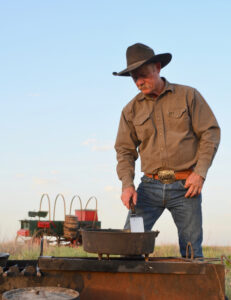



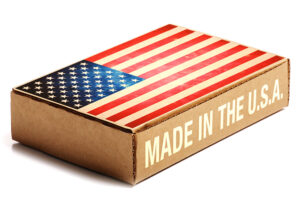



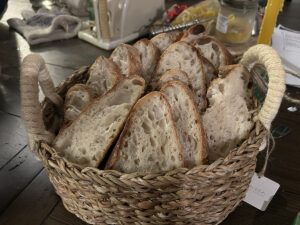

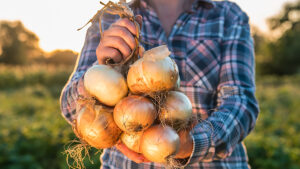


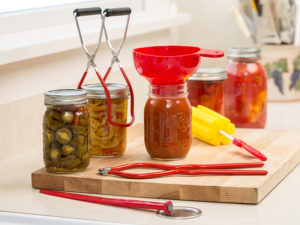

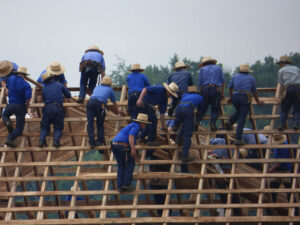


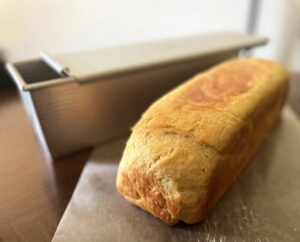

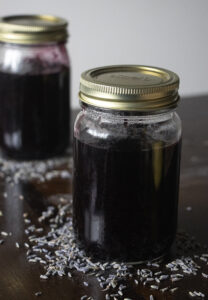


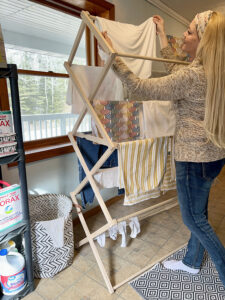

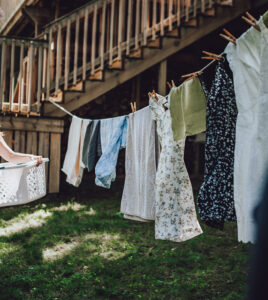


I’m pleased to be a part of Lehman’s magnificent website. The story looks great on the page. I look forward to working together on other features in the future.
Great article. Thank you! We are in the process of recapturing and rediscovering those things our grandparents took for granted. Your store and articles are helping us to do that!